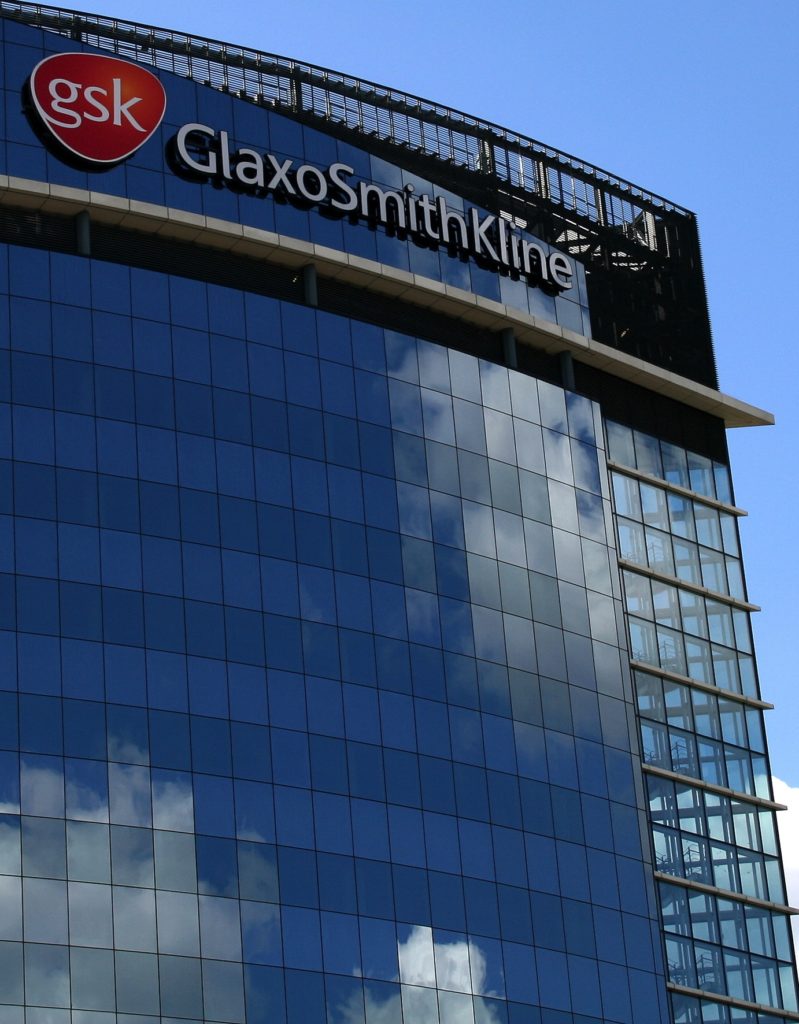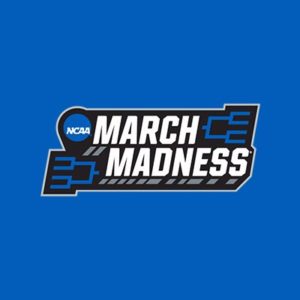Can an inventor patent a dog-power machine that provides enough power to operate a range of small machinery?
On June 7, 1859, inventor Dexter C. Slater patented a device for using “dog-power” to power a wide-range of small machinery (U.S. Patent No. 24,338). As silly as such an invention may seem in today’s technologically driven world, Mr. Slater’s invention was not unique in its time. In the 19th century, a period when dogs were not only “man’s best friend”, but also diligent workers, inventors patented devices and methods for using “dog-power” to operate machinery. Inventions similar to Mr. Slater’s device include Heinrich Feldt’s dog-powered sewing machine and H.M. Childs’ dog-powered butter churn.
U.S. Patent No. 24,338 describes a device made from an inclined head wheel, shaft, cam, and lever, all arranged and combined in a manner shown by the picture above. The patent also describes the device as extremely simple that anyone familiar with tools may construct. It further describes that a dog operates the device by walking on the wheel. Specifically, a dog rotates the wheel by walking around the wheel. The wheel’s rotation rotates a cam that creates a vibrating motion, and that is transferred to a lever. The resulting “dog-power” is harnessed from the lever.
A patent refers to an inventor’s exclusive right granted for an invention. Specifically, a patent is a property right that allows an inventor to prohibit, or exclude, others from making, using, selling, or offering for sale or importing the patented invention. An inventor’s patent is protected by the Article 1, Section 8, Clause 8 of the United States Constitution that provides Congress with the power to, “to prompt the progress of science and useful arts, by securing for limited times to authors and inventors the exclusive right to their respective writings and discoveries.”
In order for an inventor to patent an invention, the invention must be subject matter eligible, new, useful, and non-obvious. Additionally, the invention may not be an abstract idea, a law of nature, or natural phenomena. Subject matter eligible inventions include machines, processes, articles of manufacturing, and compositions of matter as provided under Section 101 of the Patent Act. An invention is new, or novel, if certain public disclosures of the invention have not been made prior to the inventor applying for a patent. In order for an inventor to patent an invention, the invention must serve a useful purpose. This requirement is usually easily satisfied. Finally, an invention is non-obvious if the invention would have been obvious “to a person having ordinary skill in the art to which the claimed invention pertains.” Practically speaking, a patent examiner determines whether an invention meets this requirement by asking whether the invention would have been obvious to a person having ordinary skill in the type of technology used in the invention. In 2007, the U.S. Supreme Court increased the difficulty in satisfying the non-obvious requirement holding that the “person having ordinary skill in the art to which the claimed invention pertains” possesses an ordinary level of creativity.
The United States Patent and Trademark Office (USPTO) grants patent rights to an inventor according to the invention’s subject matter. The USPTO may issue six different patent types. The six different types include reissue patents, defensive publications, statutory invention registrations, utility patents, design patents, and plant patents. The three most common types of patents are utility patents, design patents, and plant patents.
A utility patent protects an invention for a new and useful machine, process or method, article of manufacture, composition of matter, or a new and useful improvement thereof. A utility patent protects the functional aspects of an invention. A utility patent is the most common type of patent issued by the USPTO and usually lasts for twenty years from its filing date. In order for a utility patent to remain valid for the entire twenty-year period, the inventor, or patent holder, is required to pay maintenance fees to the USPTO.
A design patent protects an invention’s aesthetics, or in other words, ornamental features, of an invention. Design patents differ from utility patents because they only protect the invention’s aesthetic features, and do not protect the functional aspects of an invention. A design patent lasts for fifteen years from date the design patent is granted. A design patent holder is not required to pay maintenance fees to the USPTO in order for the design patent to remain valid for the entire fifteen-year period.
A plant patent protects an invention for a new variety of plant, excluding a tuber propagated plant or a plant found in an uncultivated state. A plant patent protects cultivated sports, mutants, hybrids, new seedlings, algae, and macro fungi. A plant patent is unique because in addition to discovering the plant, the inventor must also asexually reproduce the plant. A plant patent lasts for twenty years from its filing date. Unlike utility patents, plant patents do not require maintenance fees to remain valid for the entire twenty-year period.
Generally, anyone from anywhere can apply for a patent to protect their invention. In order to receive a patent, an inventor must file a U.S. patent application with the USPTO. Once an inventor files a patent application, a USPTO patent examiner prosecutes the application. Prosecution refers to a process during which a patent examiner examines the application to confirm that the patent application conforms with various requirements. After examining the application, the examiner either accepts the application and issues a patents, issues an objection, or issues a rejection of some or all of the claims.
On June 7, 1859, the USPTO granted Mr. Slater’s application for his “new and Improved DogPower” device. The patent has since expired.










